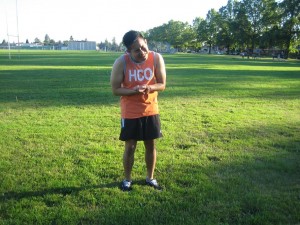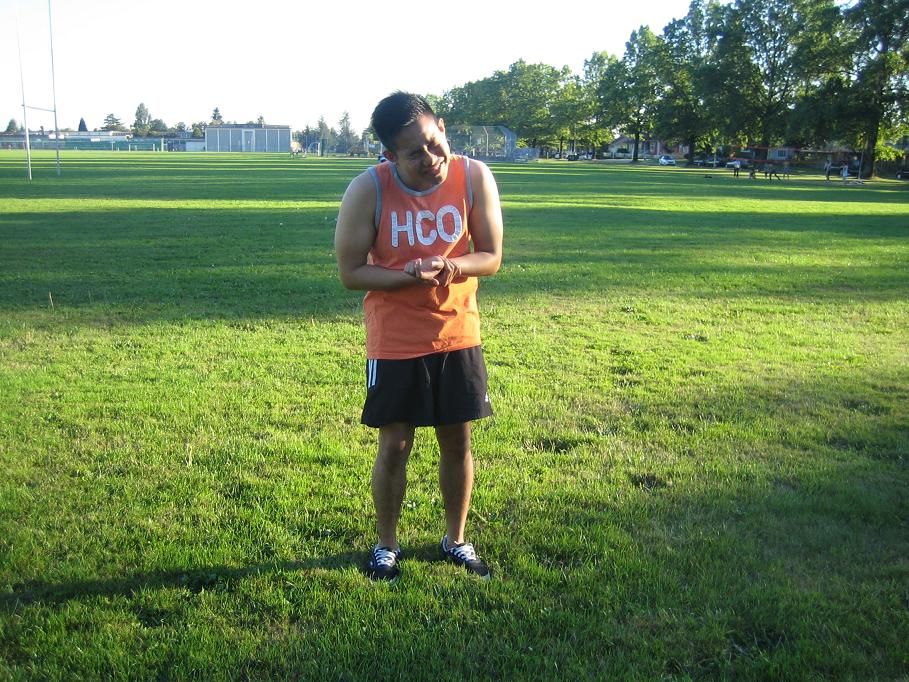A snake bite is either venomous or non-venomous. It is important to identify what kind of bite the snake did to respond appropriately to the bite. If you cannot identify whether the bite is venomous or not, always treat a snake bite as if it is caused by a venomous snake.
https://www.youtube.com/watch?v=GNspMzeJVYY
First aid care
The first aid measures you can do in treating a snake bite is cleansing the wound, staying calm, and keeping the affected site immobilized until help arrives. It is important to get the bite checked up to determine the appropriate and to get it treated in time to avoid any complications and to have a speedy recovery.
General characteristics of a snake bite
- Two (2) puncture wounds at the site of the bite
- Swelling and reddening at the site of the bite
- Pain
- Breathing difficulty

The first aid measures you can do in treating a snake bite is cleansing the wound, staying calm, and keeping the affected site immobilized until help arrives. - Nausea and vomiting
- Blurry vision
- Increased sweating and salivation
- Facial and limb numbness
Different venomous snakes have specific different symptoms that accompany their bite.
Rattlesnakes produce the specific symptoms after a bite, these include:
- Severe pain
- Drooping eyelids
- Drop in blood pressure
- Thirst
- Tiredness or muscle weakness
Water moccasin and copperhead snake bites produce the same specific symptoms after a bite, these include:
- Immediate pain
- Drop in blood pressure
- Weakness
- Shock
- A change in skin color
Coral snakes produce the specific symptoms after a bite, these include:
- Delayed pain
- Symptoms that set in a few hours after the bite
- Convulsions
- Drooping eyelids
- A change in skin color
- Stomach pain
- Difficulty in swallowing
- Headache
- Shock
- Paralysis
Management
In the event one is bit by a snake, seek emergency medical treatment as soon as possible. Call 911 immediately and note the time the bite occurred. While waiting for help to arrive, stay calm and minimize movement as more movement can make the venom travel faster in the body. Remove any constricting clothing or jewelry as it can make the surrounding area near the bite swollen. Have the victim of the bite carried or transported by vehicle instead of walking. Take a picture of the snake if you can but do not take the time to hunt down or kill the snake.
If the bite caused by the snake is life-threatening, the doctor will administer an antivenom. The antivenom is created with the snake venom and is used to counter the symptoms of the snake bite. The antivenom will be more effective if it’s administered early.
More Information
The details posted on this page on a snake bite is for learning purposes only. To learn how this animal bite is treated, enroll in a first aid course with one of our training providers.
FACT CHECK
https://en.wikipedia.org/wiki/Snakebite

